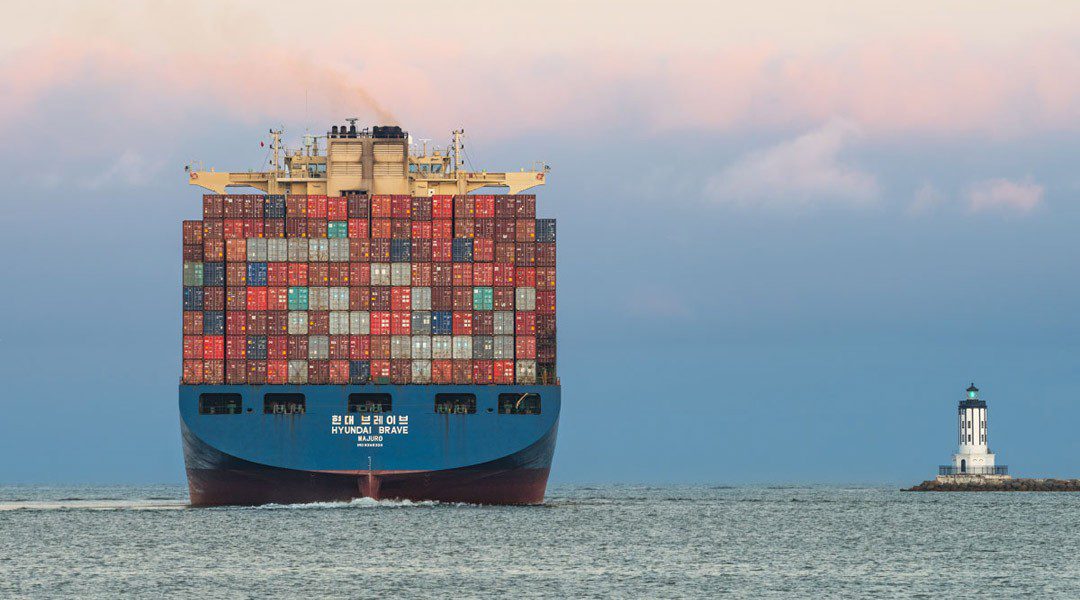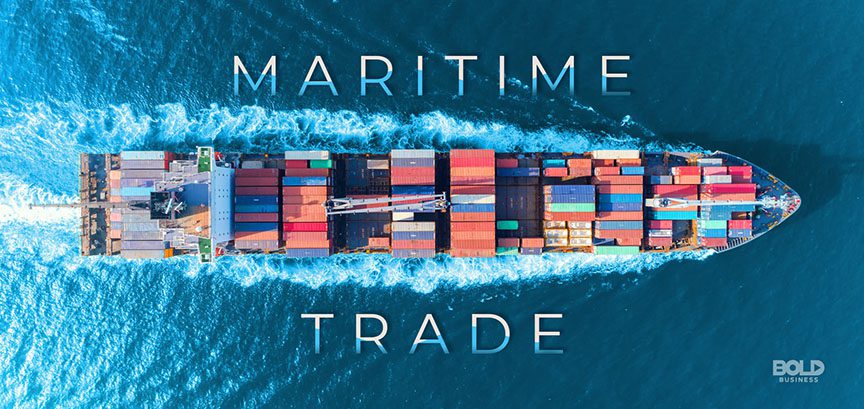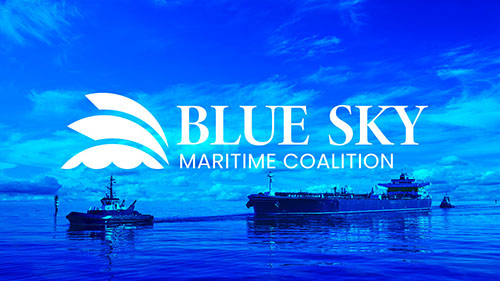1. Port Rules and Regulations
1.1 General Provisions
– Yeosu Port operates under the Korea Port Authority Act (Act No. 19156, amended 2023) and Maritime Safety Act (Act No. 18901, revised 2023).
– Mandatory compliance with IMO conventions ratified by South Korea: SOLAS 1974 (as amended), MARPOL 73/78 (Annexes I-VI), COLREG 1972, and ISPS Code.
– Port jurisdiction boundaries: 34°44’N 127°44’E to 34°46’N 127°49’E (KHOA Chart No. 111, 2023 edition).
– Designated as a “Special Port” under the Act on the Management of Harbor Facilities (Article 3-2) for hazardous cargo handling.
– Port operating hours: 24/7 with special restrictions for dangerous goods operations (Port Management Regulation §5).
1.2 Navigation Rules
– VHF Channels: 16 (distress), 12 (port operations), 14 (VTS working channel) – Korea Coast Guard Notice 2023-12.
– Speed limits: 10 knots inner port, 15 knots approach channels (Yeosu Port Ordinance No. 2021-18).
– Prohibited zones: 500m around LNG terminals (MOTIE Notice 2022-403), 200m around naval facilities (MDTA Regulation).
– Mandatory AIS transmission within 20nm of port entrance (Korea Maritime Safety Tribunal Regulation 2022).
– Fog procedures: Automatic speed reduction to 5 knots when visibility <500m (Port Navigation Safety Rules §12).
1.3 Cargo Operations
– Hazardous materials: 72-hour pre-notification via KNPS system (Yeosu Port Office Directive 5-2022).
– Oil tankers: Double boom containment (minimum 200m total length) during bunkering (MARPOL Annex I, Korea implementation).
– Bulk carriers: Load density limit 20 MT/m² for general cargo piers (Port Facility Safety Standards 2021).
– Container stacking: Maximum 4 high for export containers (KPA Cargo Handling Guidelines).
– Grain operations: Dust suppression mandatory during loading (Occupational Safety Act Article 42).
1.4 Special Area Regulations
– Sulfur Emission Control Area (SECA): 0.1% sulfur limit within 200nm (MARPOL Annex VI, Korea Enforcement Decree).
– Ballast Water Management: D-2 standard enforcement since 2024 (IMO BWM Convention, Korea MOF Notice).
– Particularly Sensitive Sea Area (PSSA): Special anchoring restrictions in marine parks (MOF Notice 2023-88).
2. Compliance Requirements
2.1 Documentation
– Mandatory certificates: ISPS Code Part A, P&I insurance (minimum USD 1B coverage), Class certification (KR, ABS, or IACS members).
– Pre-arrival submissions: Crew manifest (24h), cargo declaration (48h) via K-Customs system (Customs Act Article 241).
– Waste delivery receipts required before departure (MARPOL Annex V, Port Reception Facility Records).
– Updated crew vaccination records (WHO International Health Regulations).
2.2 Safety Measures
– Gangway watch: Continuous duty when alongside (ISM Code 8.1 + Korea Port Labor Act).
– Emergency drills: Monthly abandon ship/fire drills logged per SOLAS Chapter III/19.
– Hot work permits: Required for all welding operations (KOSHA Standard 2020).
– Mooring lines: Minimum 6 lines for vessels >10,000 GT (OCIMF Mooring Equipment Guidelines).
– Enclosed space entry: Mandatory gas testing every 2 hours (SOLAS XI-1/7).
2.3 Crew Requirements
– Minimum safe manning certificate (MSMC) must match actual crew (Seafarers Act Article 15).
– STCW rest hours compliance: 77 hours in 7 days (Korea Maritime Safety Tribunal inspection focus).
– Medical certificates: Valid for 2 years (ILO/WHO standards enforced).
– Language requirements: At least one bridge officer fluent in English (STCW Code A-II/1).
3. Enforcement
3.1 Inspection Regime
– Port State Control: Tokyo MOU criteria (2023 detention rate 3.2%, 12% deficiency rate).
– Common deficiencies: Fire damper malfunctions (17%), outdated ECDIS charts (9%), emergency lighting (6%).
– Concentrated Inspection Campaigns (CICs): Annual focus (2024: Lifeboat Launching Systems).
– Random drug/alcohol testing: 5% of crew per inspection (Maritime Safety Act §85).
3.2 Penalties
– Fine matrix: Up to KRW 50M for MARPOL violations (Maritime Environment Court Case 2022-387).
– Immediate expulsion for unauthorized anchorage in security zones (Port Security Act Article 22).
– Criminal liability for falsified oil record books (Marine Environment Protection Act Article 90).
– Suspension of port entry rights for repeat offenders (Port Management Act §31).
4. Emergency Protocols
– Oil spill response: SOPEP activation within 30 minutes (MARPOL Annex I Reg. 37 + Korea Coast Guard SOP).
– Medical evacuation: VTS-coordinated helicopter dispatch (24/7 MOHW-licensed EMS teams).
– Firefighting: Tier 1 response (ship crew) must engage within 5 minutes (Korea Fire Service Act).
– Security threats: Immediate notification to Port Facility Security Officer (PFSO) per ISPS Code.
– Man overboard: Mandatory Williamson turn practice during drills (COLREG Rule 17).
5. Technical Standards
5.1 Port Infrastructure
– Berth depth: Minimum 14m at all operational berths (Yeosu Port Master Plan 2025).
– Fendering system: Rubber fenders with minimum energy absorption 200 kJ (PIANC Standards).
– Mooring bollards: SWL 150 tons for main berths (ISO 3913:2018 compliance).
– Crane capacity: Minimum 40-ton lifting capacity at container terminals (KPA Equipment Standards).
5.2 Navigational Aids
– AtoN maintenance: Weekly checks on all buoys (KHOA Notice 2023-07).
– DGPS coverage: ±1m accuracy within port limits (Korea Hydrographic Survey Report 2022).
– Radar coverage: Dual X-band radar system with 24/7 monitoring (VTS Equipment Standards).
– Tide gauges: Real-time monitoring with 5-minute updates (KHOA Tidal Data System).
6. Environmental Compliance
6.1 Air Emissions
– Shore power: Mandatory for container ships >5,000 GT (MOF Ordinance 2024-01).
– NOx control: Tier III standards for vessels built after 2021 (MARPOL Annex VI Reg. 13).
– CEMS installation: Required for all tankers >20,000 DWT (Korea Clean Air Policy).
– VOC recovery: Mandatory for crude oil tankers (MARPOL Annex VI Reg. 15.6).
6.2 Waste Management
– Garbage segregation: 5-category system (MARPOL Annex V implementation).
– Sludge reception: 100% availability (Port Waste Management Plan 2023).
– Plastic ban: Zero discharge policy (MOF Notice 2022-15).
– Food waste: Separate collection for all vessels >100 GT (Waste Control Act §16-2).
7. Security Measures
7.1 ISPS Code Implementation
– Security levels: MARSEC Level 1 standard (24/7 armed guards for cruise ships).
– Restricted areas: Biometric access control (ISPS Code Part B/4.23).
– Drills: Quarterly anti-piracy exercises (IMO MSC.1/Circ.1337).
– Cybersecurity audits: Annual requirement for all port systems (NIS Directive).
7.2 Vessel Protection
– Ship security alert system (SSAS): Mandatory testing before arrival (ISPS Code A/6.4).
– Anti-boarding measures: Razor wire required for high-risk transits (BMP5 Guidelines).
– Watchkeeping: Enhanced bridge watches in port (ISPS Code B/4.26).
8. Port Services
8.1 Pilotage
– Compulsory for vessels >500 GT (Korea Pilotage Act Article 5).
– Tug requirements: Minimum 2 tugs for VLCCs (Port Operation Manual).
– Pilot boarding area: 2nm NE of Breakwater Light (KHOA Notice to Mariners).
8.2 Provisions
– Bunkering: Only licensed suppliers (MOTIE Energy Business License).
– Fresh water: Potable quality testing every 6 hours (WHO Guidelines).
– Slop reception: Available at all oil berths (Port Reception Facility Plan).
9. Regulatory References
– Primary legislation: Maritime Safety Act (2023 consolidated version).
– Secondary rules: Yeosu Port Special Regulations (2024 edition).
– International: IMO Resolutions adopted by Korea through MOF decrees.
– Local ordinances: Yeosu City Port Management Rules (2023 revision).
10. Compliance Monitoring
– Automated systems: Vessel traffic analysis via K-VTS system.
– Manual audits: Annual safety inspections by KOMSA.
– Whistleblowing: Anonymous reporting to Korea Coast Guard.
– Third-party verification: Recognized Security Organizations (RSO) audits.





